General Chemistry – III (T)
Syllabus
| Course Outline | UNIT I
Gaseous state Kinetic molecular model of a gas: postulates and derivation from the kinetic gas equation; The Maxwell –Boltzmann distribution of speed of molecules- average, root mean square and most probable velocity and average kinetic energy, law of equipartition of energy, degrees of freedom and molecular basis of heat capacities. Collision frequency; collision diameter; mean free path and viscosity of gases.
Real gases: Deviations from ideal gas behaviour, (Andrew’s and Amagat’s plots); compressibility factor, Z, and its variation with pressure for different gases. equations of states for real gases-van der Waal’s equation; Virial equation; Boyle temperature; Numerical problems based on equations of states for real gases, isotherms of real gases – critical phenomena – isotherms of CO2 – continuity of state–Van der waal’s equation and the critical state; law of corresponding states-liquefaction of gases; numerical problems involving the core concepts. |
| Unit-II
Liquid and Solid State
Properties of Liquids- Surface tension, viscosity and their applications. Crystalline and amorphous – differences – geometry, isotropy and anisotropy, melting point; isomorphism, polymorphism.
Crystals –size and shape; laws of crystallography; symmetry elements – plane, |
| centre and axis; Miller indices, unit cells and space lattices; classification of crystal systems; Bravais lattices; X – ray diffraction – Bragg’s equation | |
| Packing in atomic solids – simple cubic, body centered cubic, face centered and hexagonal close packing; Co-ordination number in typical structures – NaCl, CsCl, ZnS, TiO2; comparison of structure and properties of diamond and graphite;.numerical problems involving core concepts
Defects in solids – stoichiometric and nonstoichiometric defects. |
|
| Liquid crystals – classification and applications. | |
| UNIT-III | |
| Nuclear Chemistry | |
| Natural radioactivity – a, b and g rays; half-life period; Fajan–Soddy group displacement law; Geiger–Nattal rule; isotopes, isobars, isotones, mirror nuclei, iso diaphers; nuclear isomerism; radioactive decay series; magic numbers; units – Curie, Rutherford, Roentgen; nuclear stability – neutron- proton ratio; binding energy; packing fraction; mass defect. Simple calculations involving mass defect and B.E., decay constant and t1/2 and radioactive series.
Isotopes – uses – tracers – determination of age of rocks by radiocarbon dating. (Problems to be worked out) |
|
| Nuclear energy; nuclear fission and fusion – major nuclear reactors in India; radiation hazards, disposal of radioactive waste and safety measures.
. |
|
| UNIT-IV | |
| Halogen derivatives Aliphatic halogen derivatives
Nomenclature and classes of alkyl halides – isomerism, physical properties, Chemical reactions. Nucleophilic substitution reactions – SN1, SN2 and SNi mechanisms with stereochemical aspects and effect of solvent. |
|
| Di, Tri & Tetra Halogen derivatives: Nomenclature, classification, preparation, properties and applications. | |
| Aromatic halogen compounds
Nomenclature, preparation, properties and uses Mechanism of nucleophilic aromatic substitution – benzyne intermediate. |
|
| Aryl alkyl halides
Nomenclature, benzyl chloride – preparation – preparation properties and uses |
|
| Alcohols: Nomenclature, classification, preparation, properties, use; conversions – ascent and descent of series; test for hydroxyl groups. Oxidation of diols by periodic acid and lead tetraacetate. |
|
UNIT-V Phenols Nomenclature; classification, Preparation from diazonium salts, cumene, Dow’s process, Raching process; properties – acidic character and effect of substitution on acidity. Reactions – Fries, claisen rearrangement, Electrophilic substitution reactions, Reimer – Teimen, Kolbe, Schmidt, Gatermann synthesis, Libermann, nitro reaction, phthalein reaction.
Resorcinol, quinol, picric acid – preparation, properties and uses.
Aromatic alcohols Nomenclature, benzyl alcohol – methods of preparation – hydrolysis, reduction of benzaldehyde, Cannizzaro reaction, Grignard synthesis, physical properties, reactions – reaction with sodium, phosphorus pentachloride, thionyl chloride, acetic anhydride, hydrogen iodide, oxidation – substitution on the benzene nucleus, uses. Thiols: Nomenclature, structure, preparation and properties. |

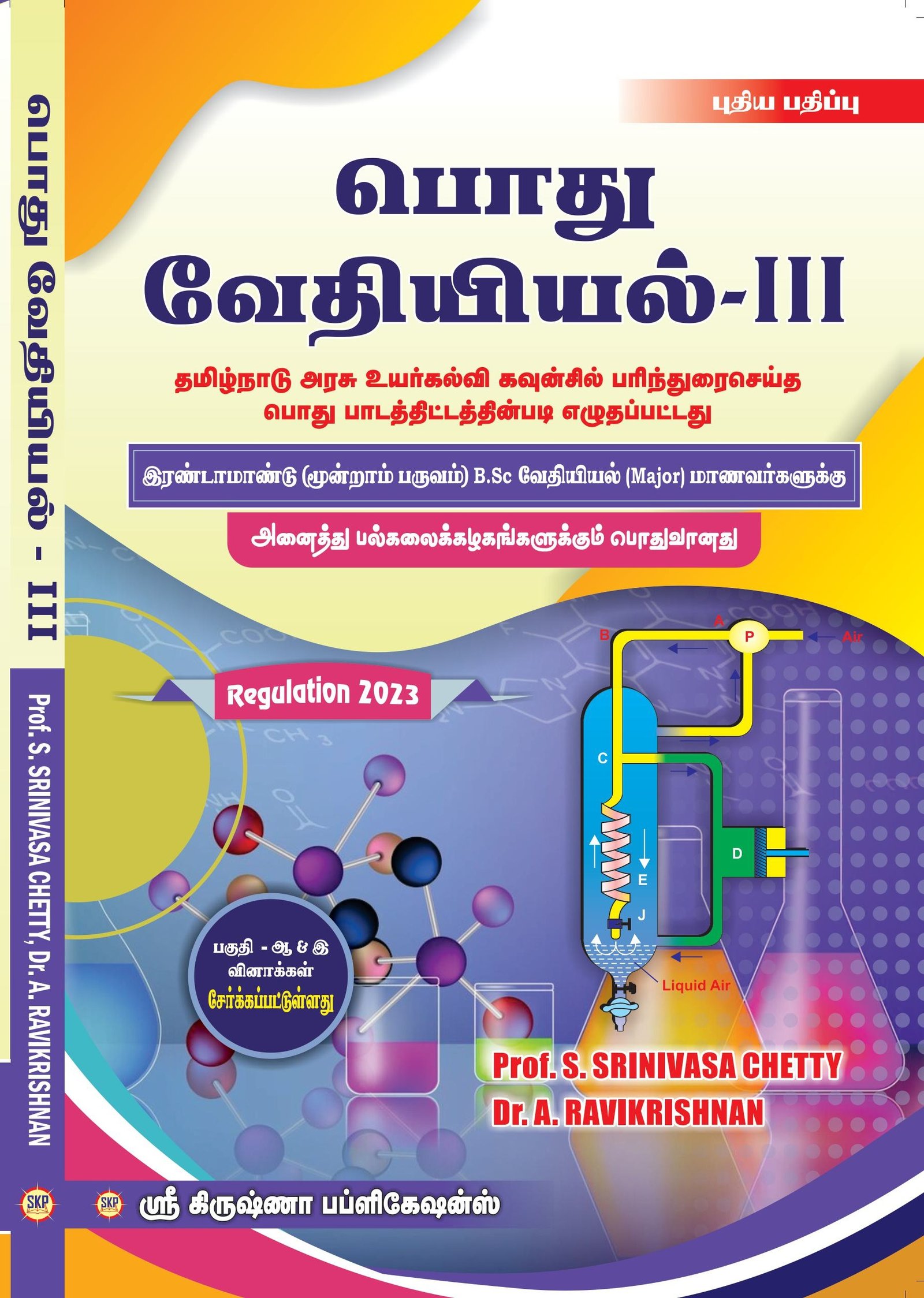
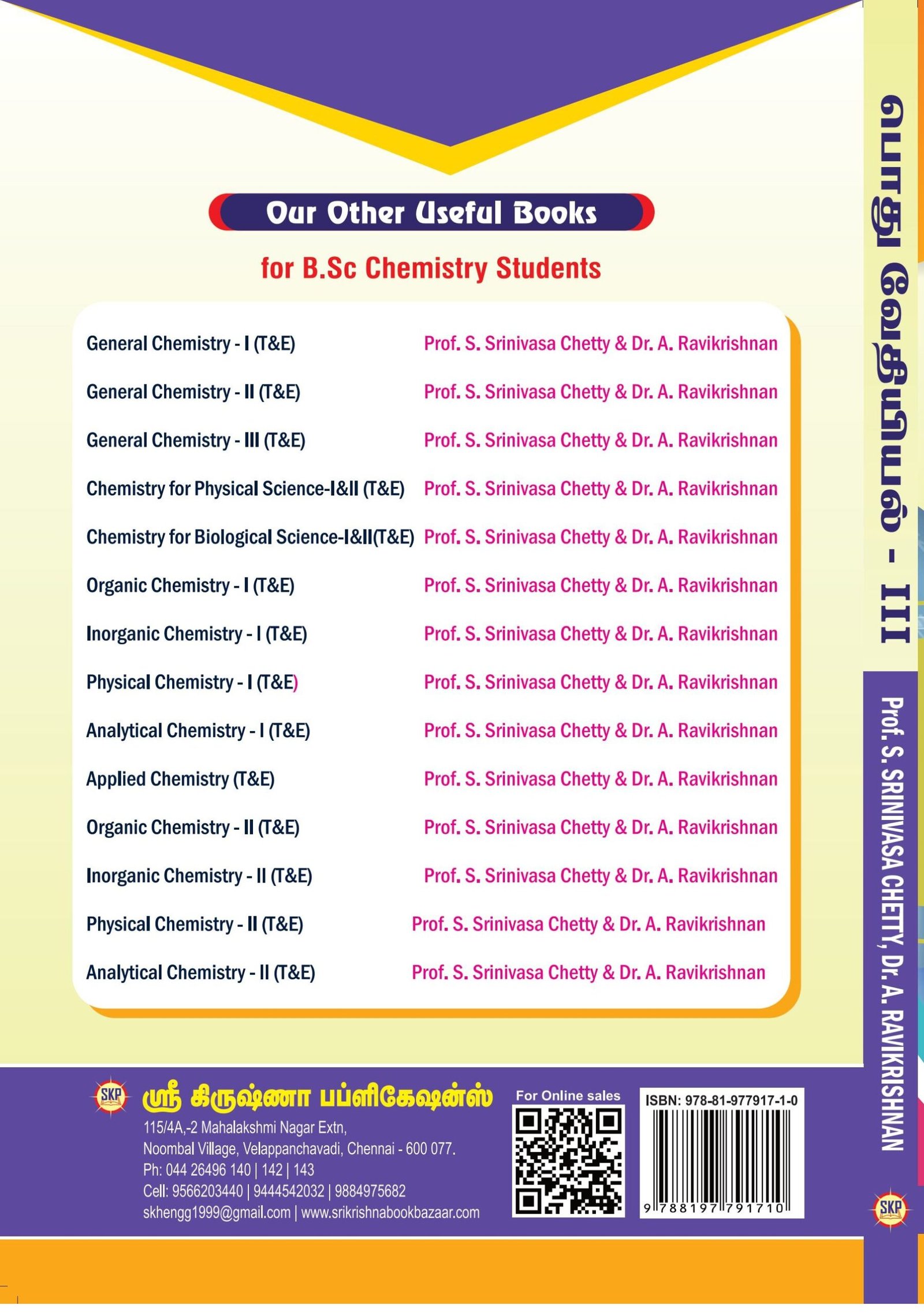








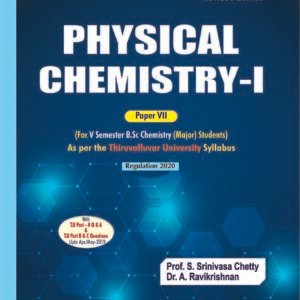
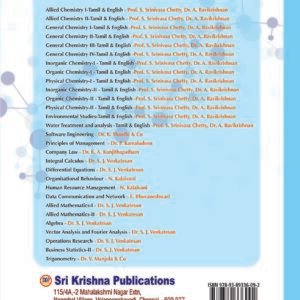
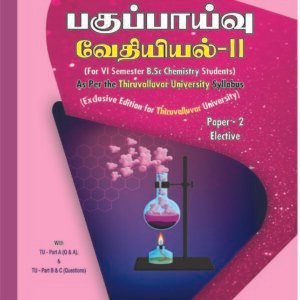
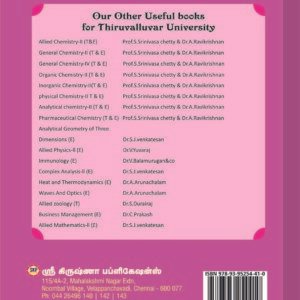
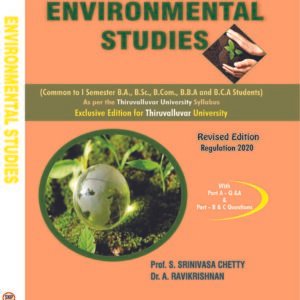
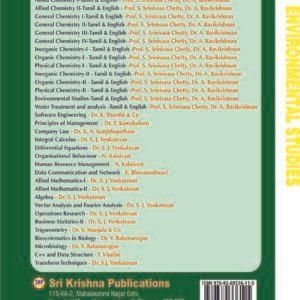
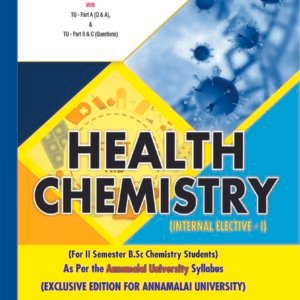
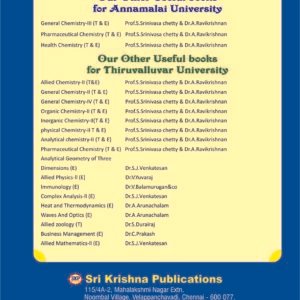
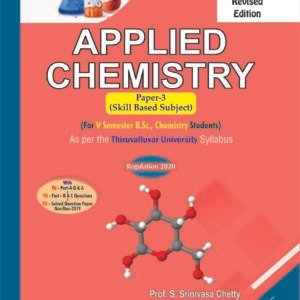
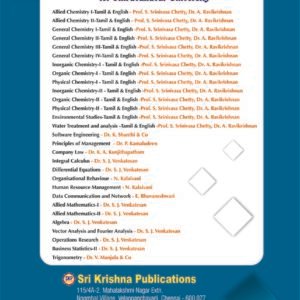
Reviews
There are no reviews yet.